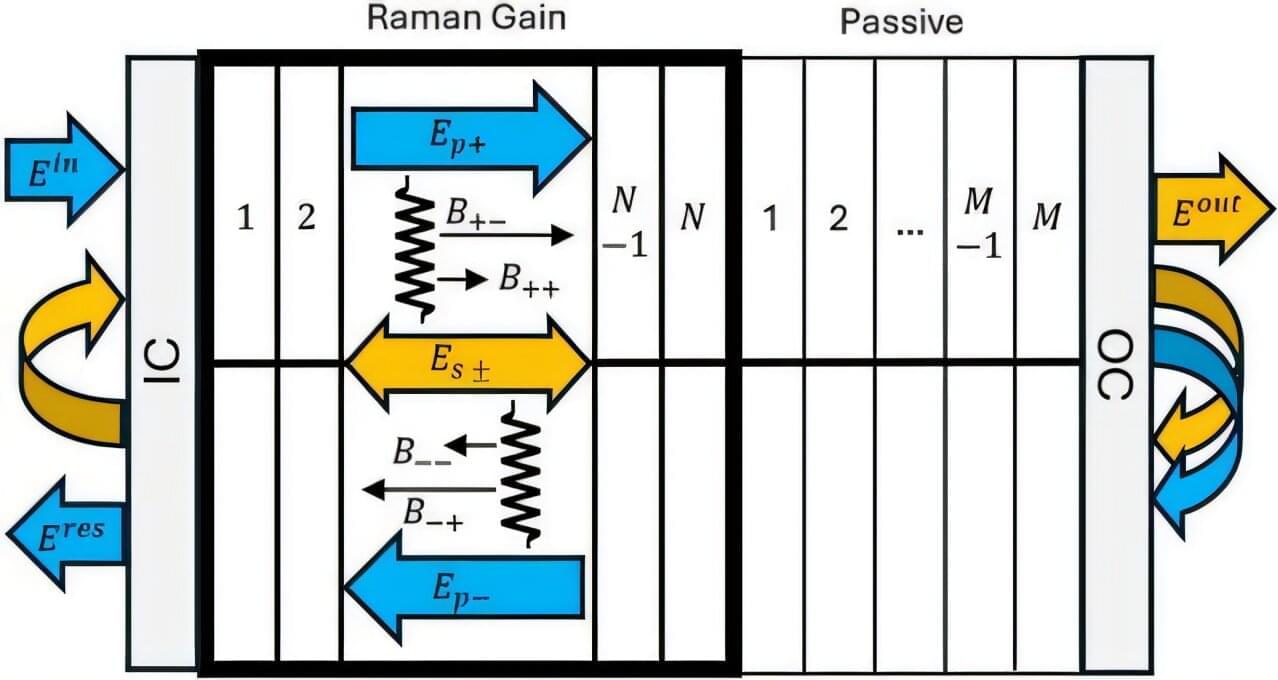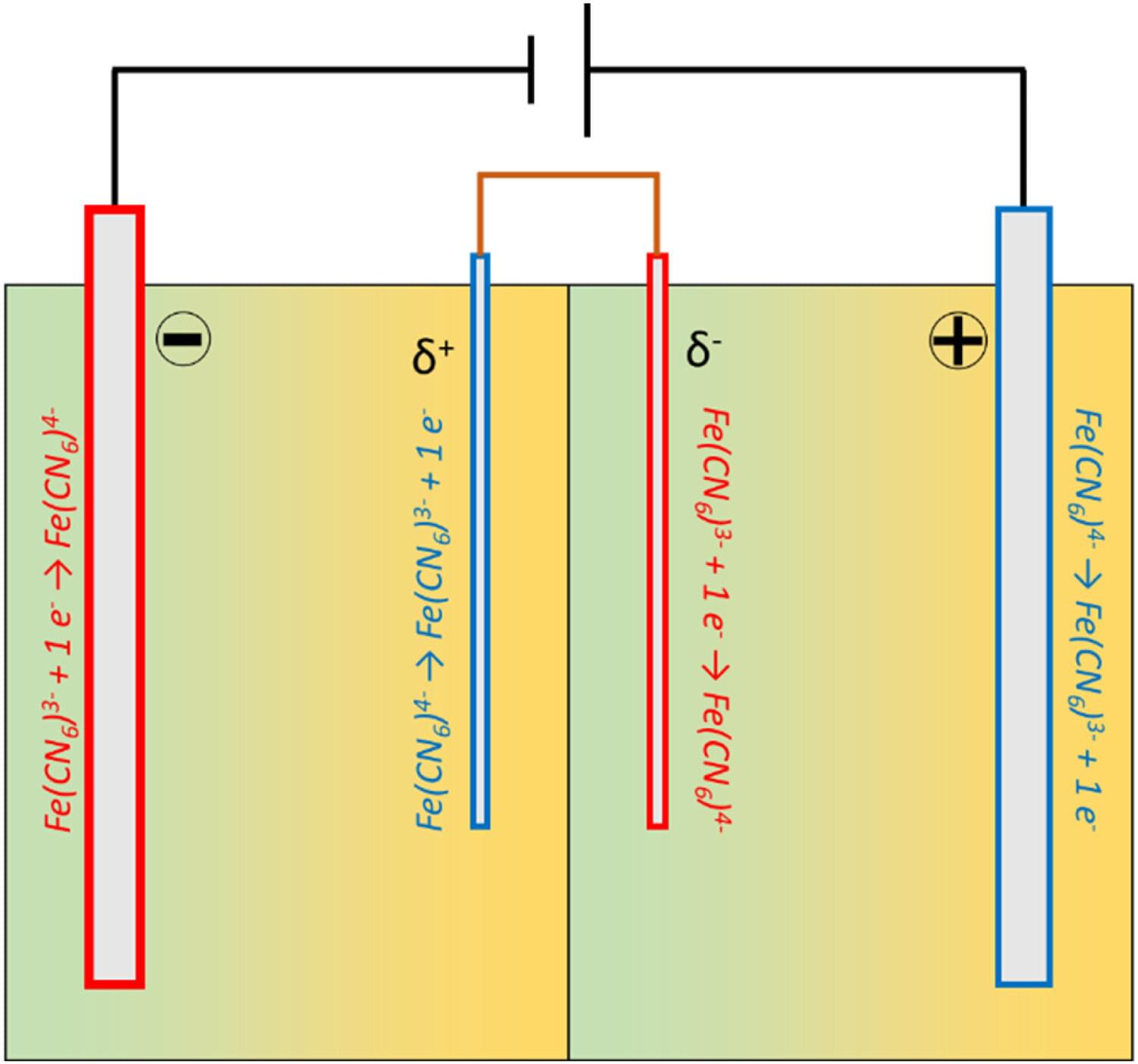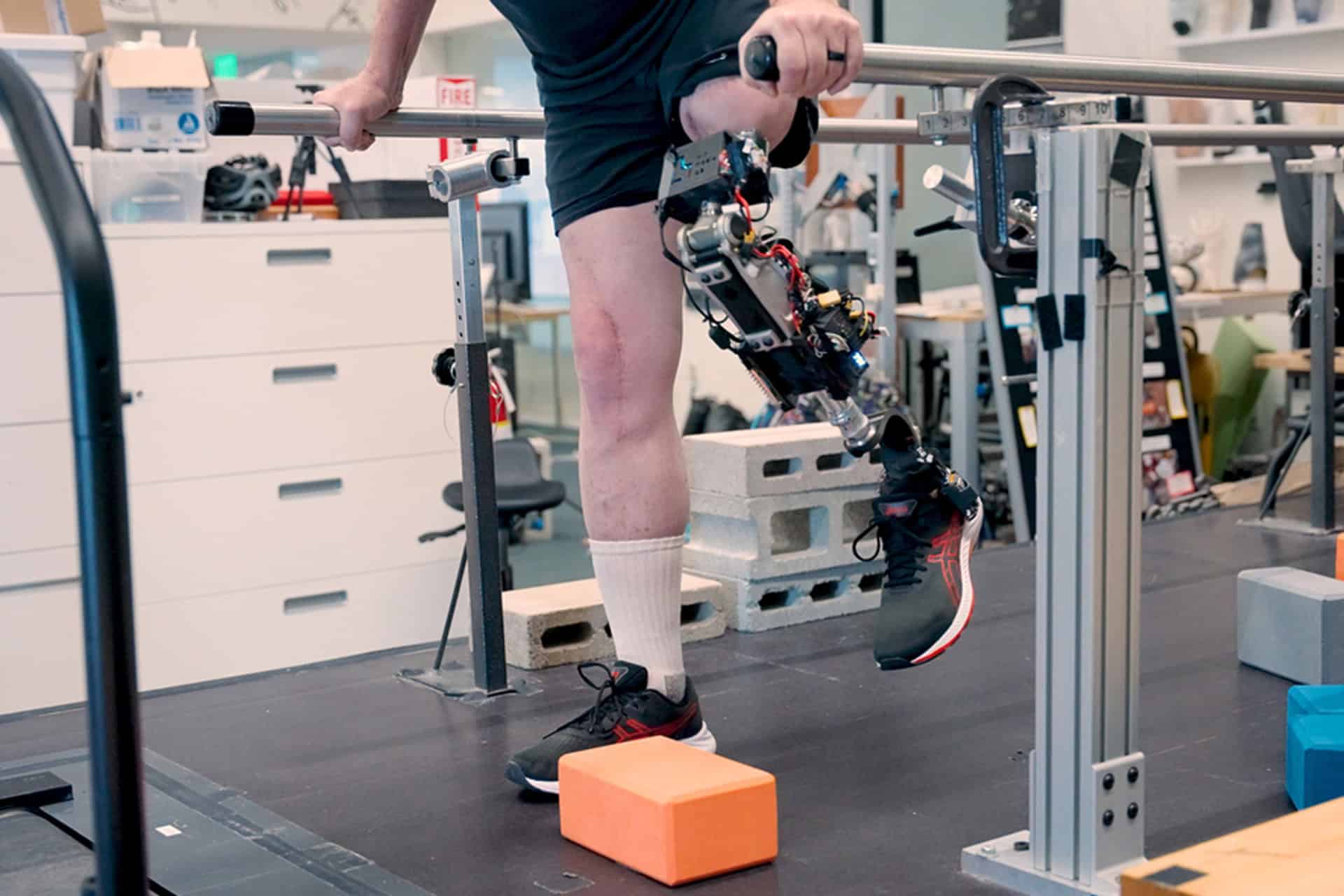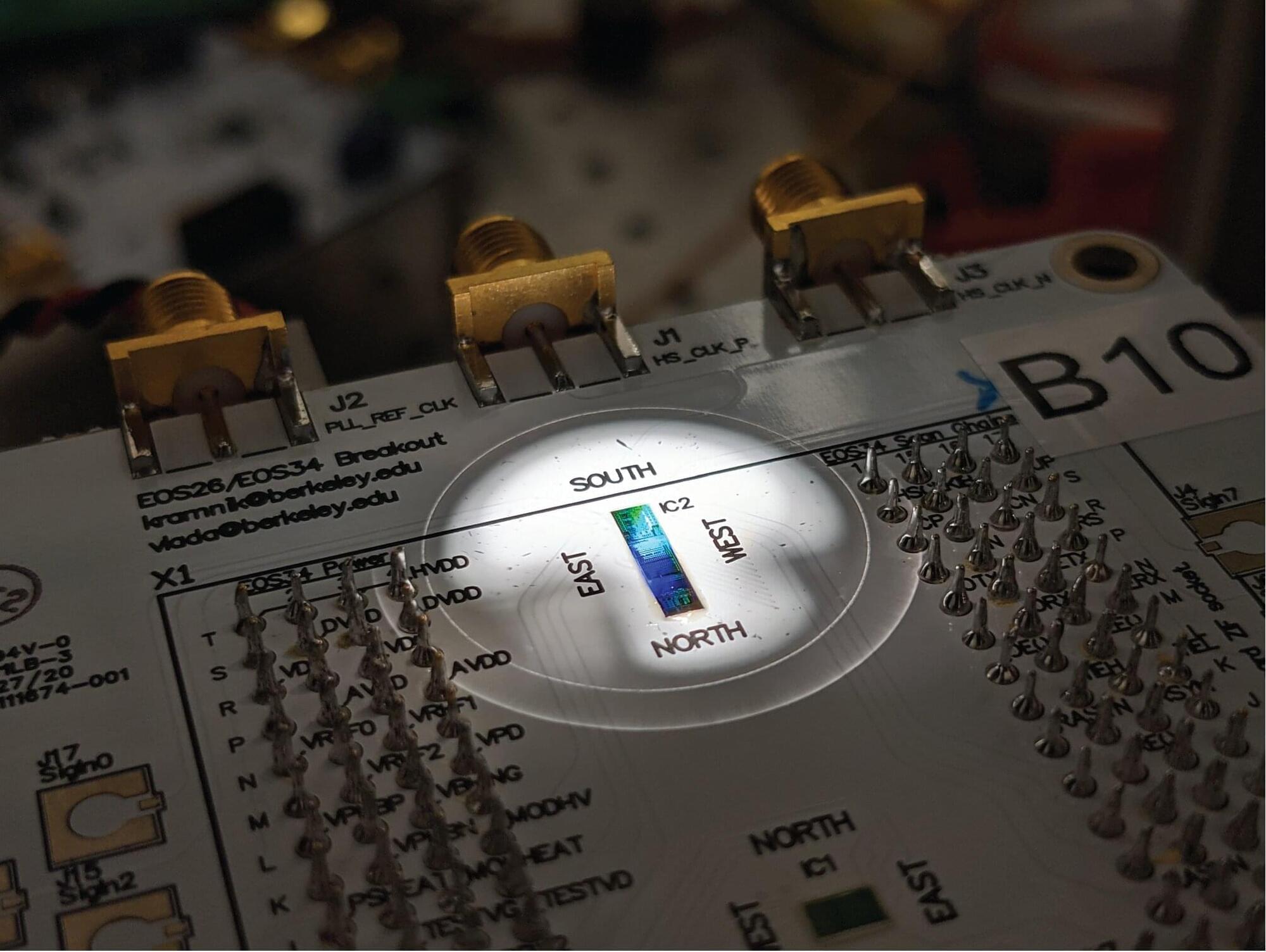Macquarie University researchers have demonstrated a technique to dramatically narrow the linewidth of a laser beam by a factor of over ten thousand—a discovery that could revolutionize quantum computing, atomic clocks and gravitational wave detection.
In research published in APL Photonics, the team described using diamond crystals and the Raman effect—where laser light stimulates vibrations in materials and then scatters off those vibrations—to narrow the linewidth of laser beams by factors exceeding 10,000.
Laser linewidth measures how precisely a beam of light maintains its frequency and color purity. The narrower the linewidth, the more monochromatic and spectrally pure the laser. The team’s theoretical predictions suggest even greater improvements are possible with the method they have developed.








